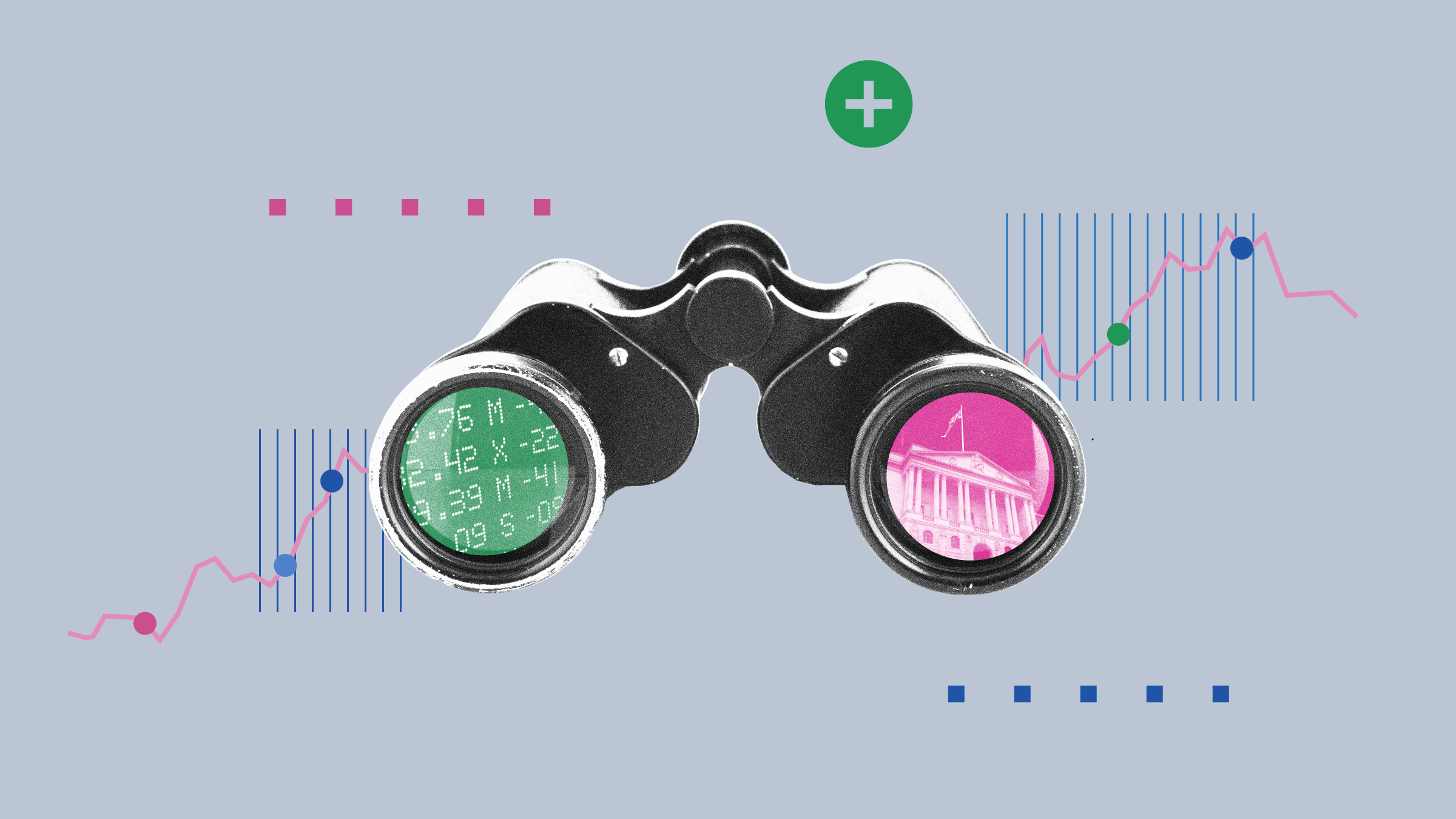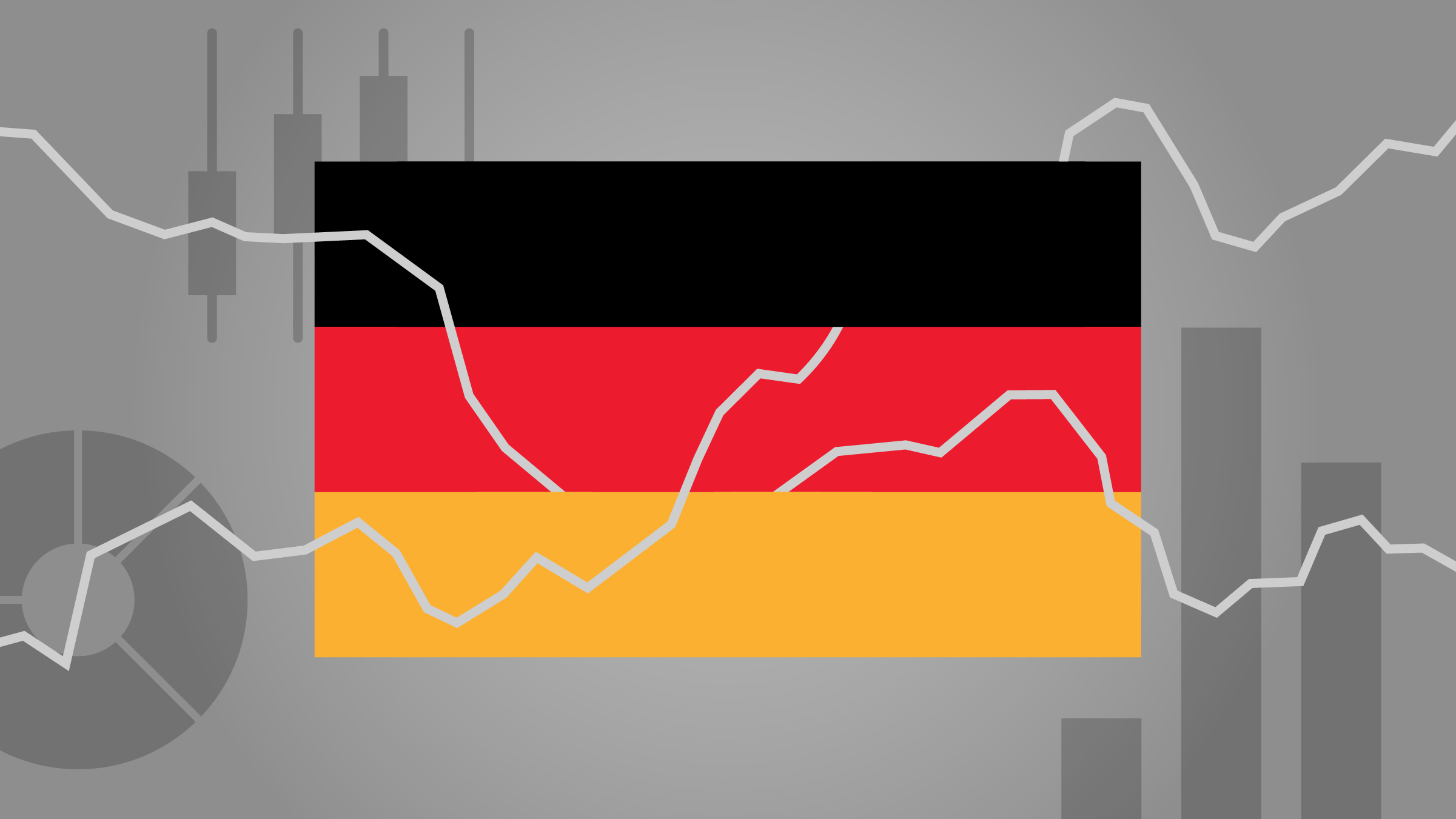Miriam Sjoblom: Hi. I’m Miriam Sjoblom, associate director of fund analysis at Morningstar.
I’m here today at the Morningstar Investment Conference with Michael Hasenstab, who is one of our keynote speakers this year at the conference.
Thanks for joining us, Michael.
Michael Hasenstab: My pleasure.
Sjoblom: We have seen a succession of scary headlines out of Europe over the past several weeks, and there has been a lot of market volatility as a result. Can you share some of your perspective about what’s going on, and what's the market getting right and what’s it maybe misunderstanding?
Hasenstab: I think the big problem with the market is it’s too short-sighted. We really need to look a little bit further out and see the situation.
So, core to our view is that we do not believe in the Armageddon scenario for Europe. We don’t believe that the Bundesbank is going to start printing Deutsche marks. We don’t believe that Italy will have a credit event.
Now, the problems in Greece, I think, are going to continue. There is going to continue to be a lot of volatility, but in some sense, the volatility and the market dislocations are actually a good thing in that they're the only thing that motivates politicians to actually get something done.
So, we have seen Italy continue to make fundamental steps towards labour reform. We have seen Spain make fundamental steps towards reining in regional-level budgets and move towards bank recapitalisation; yes, it was three years too late, but better late than never. We have seen the EU start to come together and talk about a fiscal union plan, which ultimately is the necessary prerequisite for the survival of the euro.
So, some positive steps are being made--granted they are reactive. They have been too late, but they are starting to happen. So, we don’t think the whole system needs to implode, although conditions will be very troubled for quite some time.
Sjoblom: So, it sounds like you are seeing some encouraging signs that maybe aren’t garnering a lot of headlines, but your fund has had minimal exposure to the eurozone for quite some time. But how do you evaluate the linkages between Europe and the rest of the globe, and how a more severe escalation of the crisis in Europe could impact your portfolio?
Hasenstab: I think there are a couple of ways that we are looking at Europe. One is linkages to the good parts of Europe. So, German exports remain one of the highlights of the whole eurozone story, and so our exposure in Poland and Hungary is really linked in to the German export machine. So, there are ways to segment out the good parts of Europe and get exposure there.
Additionally, Ireland is a country which I think has done an exceptional job of tackling very tough problems and is on the road to really a solution and to getting back to the markets, and I think there is an opportunity to invest. So, there are some opportunities at the margin, even though some of the core countries really are not presenting a lot of investment opportunities right now.
Sjoblom: You mentioned Ireland--you have done some bargain-hunting in Europe over the past year. Another position would be Hungary, that both are decent sized positions in the portfolio.
But I'm curious to know how do you balance the fundamental outlook? You mentioned the positives for Ireland, but for Hungary as well, how do you balance the fundamental outlook with something just being really cheap and being a good buy for that reason?
Hasenstab: We need to have both. We need to have something that is cheap with good fundamentals. There are certain assets--like Greece was cheap for a long time, but it wasn't good fundamental. So, it's necessary to have both.
In the case of Hungary and Ireland maybe a year ago, what attracted us was everyone hates it, and when we actually went into these countries and did the fundamental research, realized this is money good. There is some noise at the margin, but a lot of the fundamental steps that Hungary and Ireland are taking put them on the path of better debt sustainability for longer-term growth prospects. And so, we have the ability to be a bit contrarian and come in, build those positions while everyone hates them, and with some patience, we think we can generate some good returns.
Sjoblom: In the past couple of years, we've seen this pattern emerge across asset classes about this risk-on/risk-off type of behaviour and this back and forth. ... And your fund has really kind of been exhibiting more of a risk-on type; it's doing well when the risk-on mood is in favour in the market. What you think is driving this kind of behaviour in the market overall, and how do you look at the impact on the fund, and how long is this likely to persist?
Hasenstab: It seems over the last year it really was Treasuries or everything else. And so, when you had periods of panic and risk-off, as you mentioned, almost everything irrespective of the fundamentals was weakening. So, you have some Asian currencies, which have great long-term fundamentals would weaken on the back of a Greek headline. And to us, that is the best opportunity to exploit short-term inefficiencies. It's our long-term conviction that in the long-term, markets are efficient and ultimately will correctly price risk, but in the short term, there are a lot of inefficiencies.
So what we've seen in this heightened period of uncertainty is the short-term market dynamics are dominating, and I think it's our job as investors to try to look through that, exploit them when they come out, but really build long-term positions, because although it's difficult in the short term to absorb some of this volatility, it's this volatility that presents opportunities for long-term investors.
So, in some sense we should really embrace this and be thankful that there is this volatility because it gives us opportunities.
Sjoblom: Well, thank you for being with us today, Michael, and sharing your insights.
Hasenstab: My pleasure. Thank you.
























